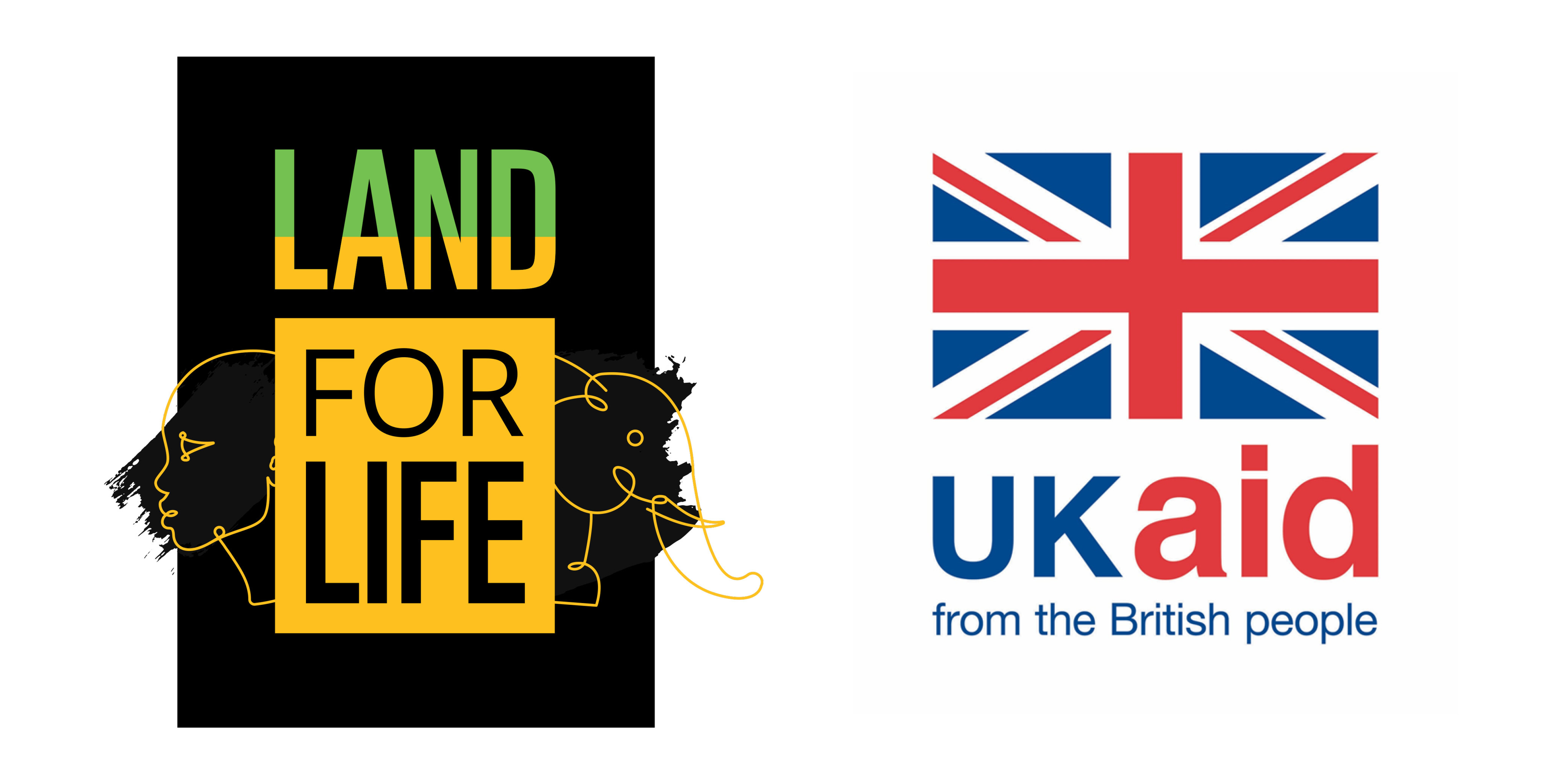
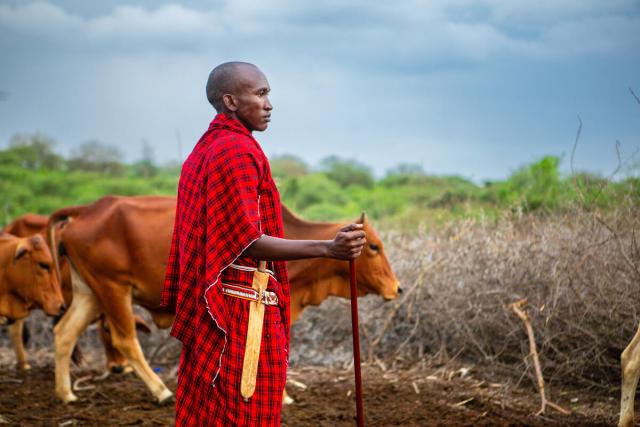
The project
Our Land for Life project formed part of WWF’s wider work in southern Kenya and northern Tanzania, from Lake Victoria to the Indian ocean.
The Maasai people have lived in this region alongside wildlife like elephants and lions for centuries. But the land around them is changing because of privatisation, growing numbers of people, unsustainable land management, and expanding farmlands.
Fences and roads are cutting across once-connected landscapes in southern Kenya and northern Tanzania. The degradation and loss of grasslands, forests and freshwater habitats have also brought new problems. With fewer resources to go around, there’s more contact between people and wild animals – which doesn’t always end well.
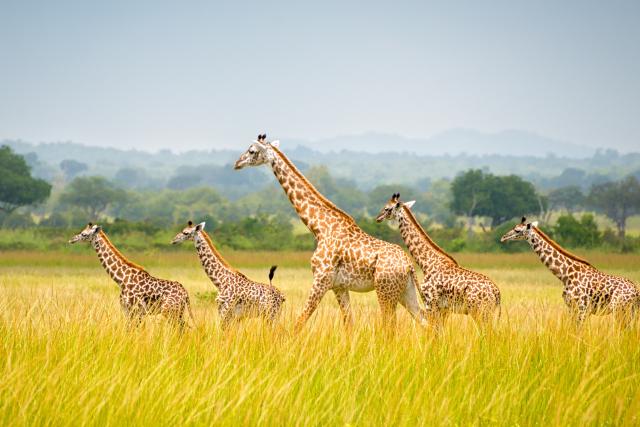
On top of a challenging landscape, a lot of people live in poverty in this region. Climate change has made lives even more difficult with severe droughts happening more often. Many people face food and water shortages. In the struggle to earn a living, some people have taken part in unsustainable activities like poaching wild animals, overgrazing and cutting down trees for fuel to support themselves.
That’s where our Land for Life project came in, to help address these challenges and support people and wildlife in a changing world.
Land for Life appeal
Thank you to everyone who supported our UK Aid Match appeal, which ran from 2 November 2020 to 1 February 2021 and allowed your donations to have double the impact.
Together we raised £4.76 million during the appeal, including £2 million from the UK government. Donations for the Land for Life project supported vital community efforts to help people and wildlife coexist and thrive in Kenya and Tanzania. Funds also supported WWF’s wider conservation work around the world.
Where have we been working?
Stretching between the national parks of the Mara-Serengeti and Amboseli-Kilimanjaro are vast community lands that provide vital habitat and movement routes for wildlife known as wildlife corridors. Our Land for Life project covered around 8,890 km² of these precious landscapes, including the Loita forest in Kenya and Lake Natron landscape in Tanzania. These areas include grassland savannahs, dense forests and freshwater systems, which are critical for both people and wildlife.
The project site has many important wildlife corridors, essential for species such as elephants, lions, leopards, cheetah, African wild dog and wildebeest to move across this landscape, following traditional migration routes and dispersal patterns.
Over the past three years, the Land for Life project has achieved so much — laying strong foundations for lasting change. Thanks to significant investment and dedication, real progress has been made. But there’s still more to do to protect this remarkable region — for the wildlife that depends on it, and for the people who call it home.
- Click image to enlarge
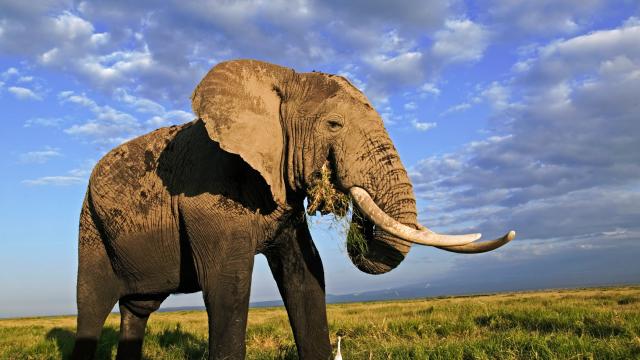
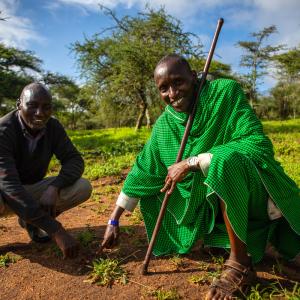
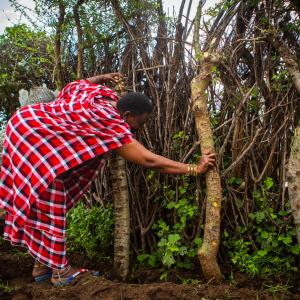
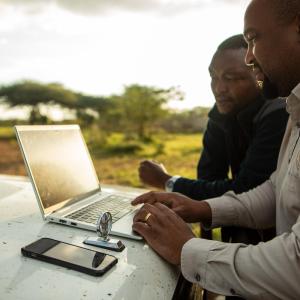
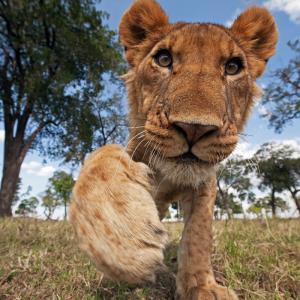
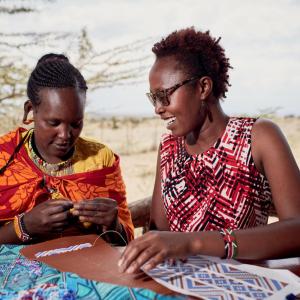
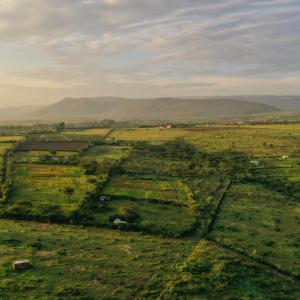
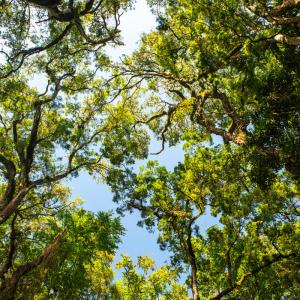
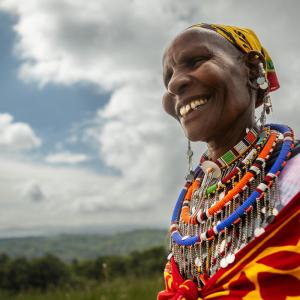
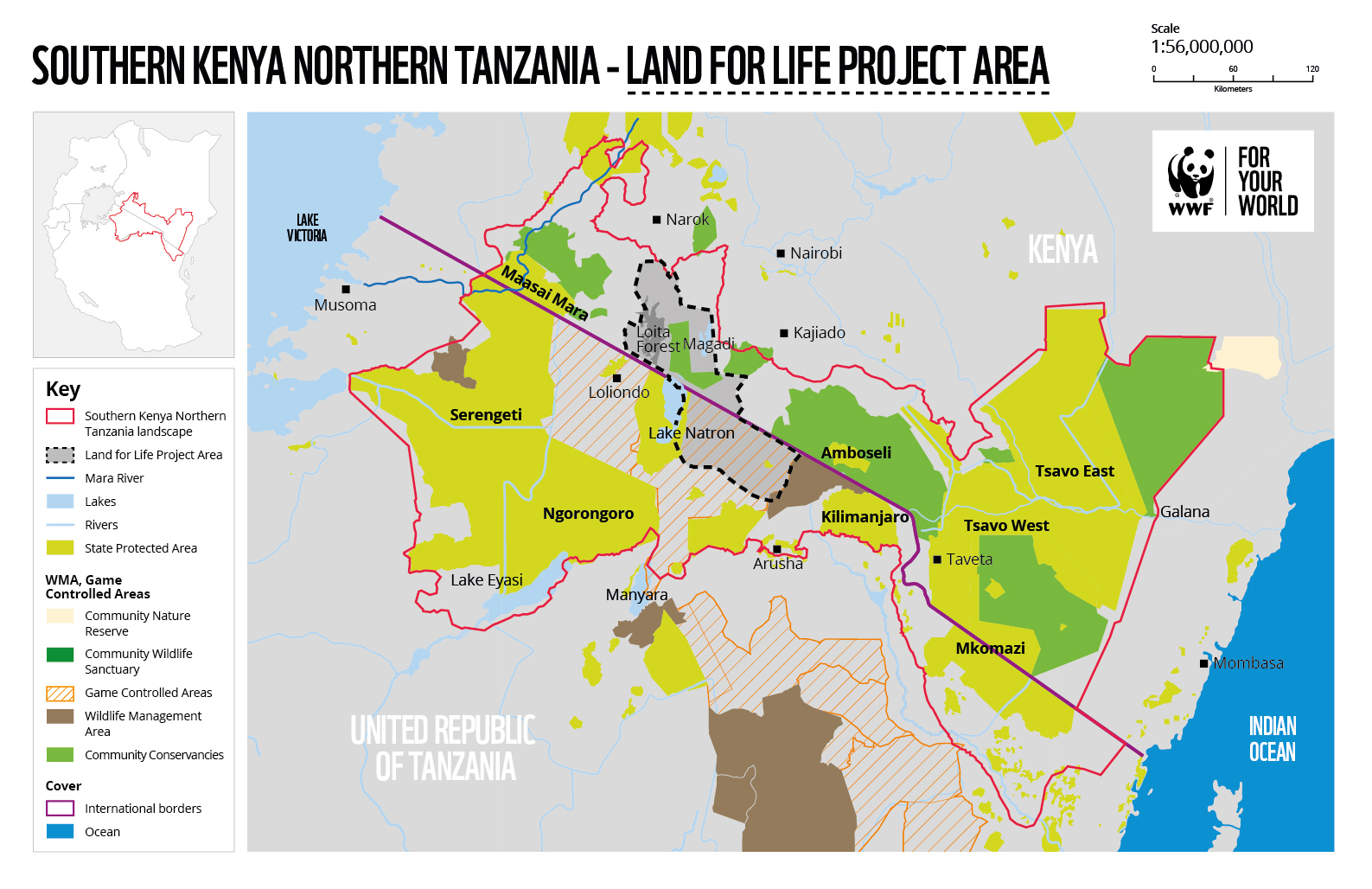

 10 of the world's most endangered animals
10 of the world's most endangered animals
 World Elephant Day 2025
World Elephant Day 2025
 The Lions Of Mkomazi - Counting Big Cats
The Lions Of Mkomazi - Counting Big Cats
 Take our short elephant quiz and see if you're expert
Take our short elephant quiz and see if you're expert